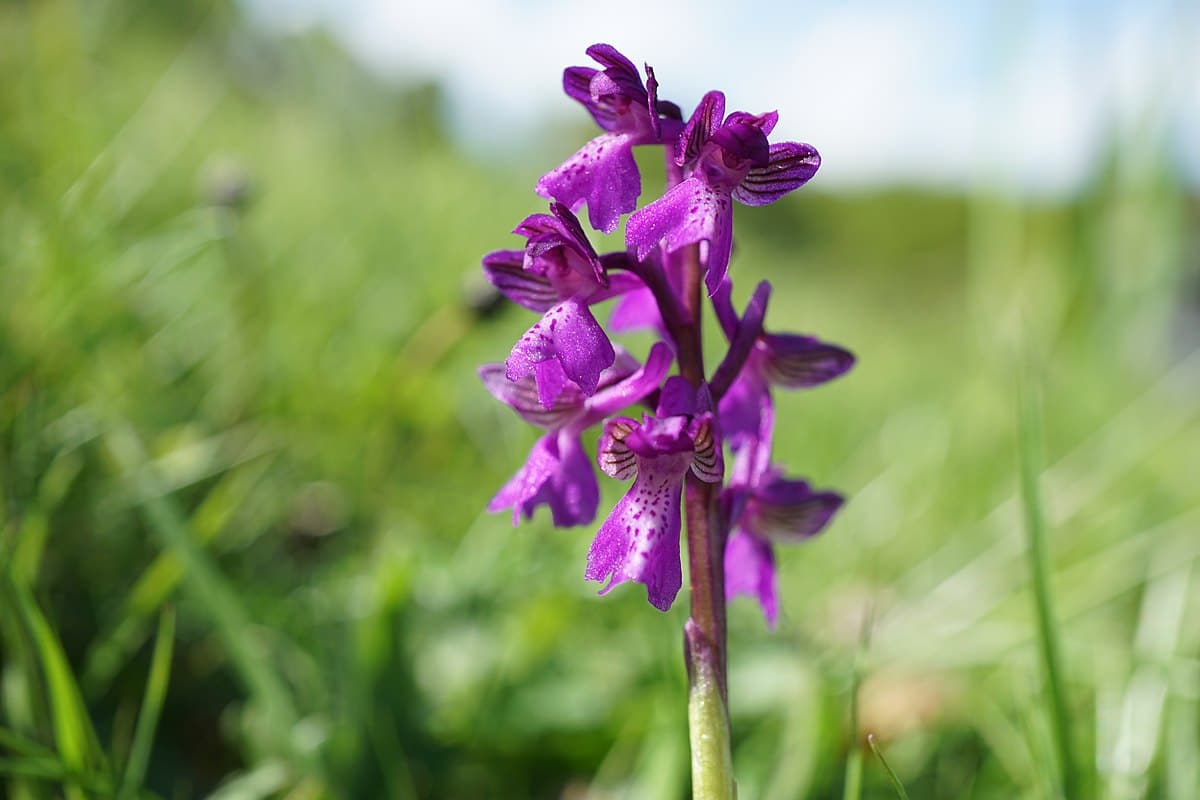In 2022, SAW teamed up with horticulturalist Nik Thomson, Dr Shannon Woodhouse from the John Innes Centre and Ben Earle, Learning and Engagement Officer from Gressenhall Environment Hub, to launch a John Innes Foundation funded project, Forest Gardens for Schools.
The project aims to promote an appreciation and knowledge of biodiversity by creating outdoor learning opportunities for schools to grow self-sustaining, low maintenance, “forest gardens” within school grounds.
We have been working with 4 schools in Norfolk, with approximately 420 key stage 2 students participating in the associated activities.
During the last academic year (2023/2024) students were involved in developing herbariums for their schools, creating their own seedbank, and introducing new species to their school grounds, such as fruit trees.
This project is a great initiative to make the children more aware of the environment around them, have ownership, and develop skills and knowledge to create a bio-diverse space.
Teacher, Swanton Morley VC Primary School.
A guiding principle of the Forest Gardening ethos is to mimic forest ecology by creating layers that help to regulate the climate by providing shade, retain moisture, and support insects and microbes to recycle nutrients to improve the soil. Therefore, the gardens created are largely self-sustaining, making them ideal for schools.
A crucial part of the process is to change the common management style seen on school grounds where all grass areas are regularly mown, even if only a small proportion is needed for sporting activities. Changes in the mowing regime that leave some areas unmown are enabling the flora present to flourish.
This change in land management has already led to an exciting discovery at West Earlham Junior. A student was able to spot a green-winged orchid, growing in the unmown area of their school field!
The orchid, which is Classified as Near threatened on the Vascular Plant Red Data List for Great Britain, was a real surprise find. Itis suspected the orchid has been lying in wait for decades under constant mowing, before being able to bloom.
This year the schools started to create their own interpretation boards for their forest gardens. This proved a great way to get the

children to look at their garden as a whole and consider what key features they would like to communicate on their boards.
Students voted for their favourite design features, including fonts and colours as well creating drawings of the species present, such as woodpeckers and blue tits, to be included on the boards.
We hope to install the interpretation boards by summer 2025.
Looking ahead, we will be adding more layers to the gardens, including small trees, shrubs and root crops and setting up student-led school management committees to ensure the gardens can thrive as a key part of school life for years to come.

